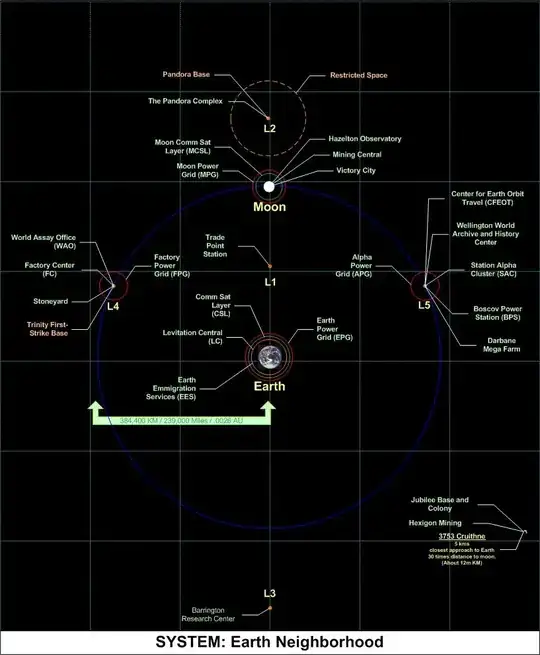The Dyson Swarm is common in sci fi as an energy source, and sometimes also as a powerful weapon. As it is commonly understood, it harnesses the energy of the sun, which stores a vast amount of energy. A Dyson Swarm is necessary for any civilization to be deemed Level I or II on the Kardashev Scale.
However, I quickly realized a small flaw in this design: it is not stated how the energy from the sun could be transferred to the planets whose civilizations need it, especially our Earth.
I believe that this issue should be resolved for the concept to truly work. Therefore, I ask, if Dyson Swarms could even be created, how would the stored thermal and light energy be transferred to respective planets?
PS: Thanks for people pointing out that Dyson Spheres are habitats, not just energy collectors for planets.
